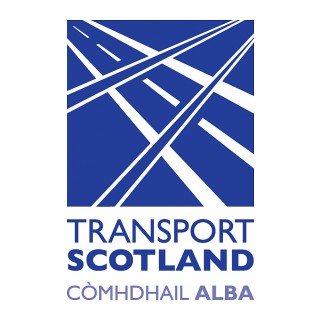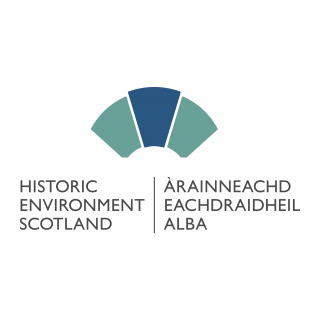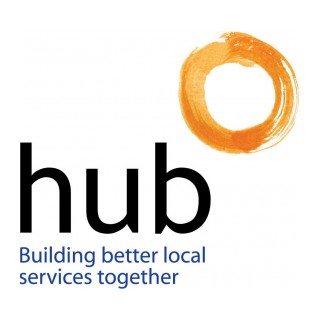A range of templates support the implementation of the workbook, and capture of the associated information requirements. An overview of each template is provided below.

Template 1 - Project Information Protocol
An information protocol template to support the BS EN ISO 19650-2 delivery phase has been published by the UK BIM Framework and available as an optional resource for development into an information protocol for this project.
|
User/Purpose |
In accordance with BS EN ISO 19650-2, clause 5.1.8, an information protocol should be established at the project outset and subsequently and appropriately incorporated into all project appointments. This includes appointments between the:
|
|
Considerations |
When adopting all parties should ensure: -
|
|
Use alongside Standard Information Management Plan |
A link to the UK BIM Framework information protocol template is provided in the download section to the right. If adopted by the contracting authority and evolved for use within a project using the Standard Information Management Plan the document name and reference details should be recorded in section 3.2 of the resource workbook.
|
Template 2 - Appointing Party Information Container Hierarchy
A developed information container (folder) hierarchy based on the Uniclass 2015 Project Management (PM) table, which enables the contracting authority to specify a structured approach to information storage and transfer during the project delivery process.
|
User/Purpose |
Can be used by the contracting authority and forms part of the project information standard for each lead appointed party.
|
|
Considerations |
When adopting all parties should consider:
|
|
Benefits |
|
Template 3 - Operation and Maintenance Manual
A digital O&M manual and Health and Safety file template for the structured delivery of asset information pre-handover and onward building operations phase.
| User/Purpose |
Can be used by the contracting authority to digitally deliver planned and structured project O&M information.
|
| Considerations |
When adopting, the user should consider:-
|
| Benefits |
|
Template 4 - FM data mapping requirements
A template for mapping existing FM system data inputs to required project COBie data deliverables (maintainable assets)
| User/Purpose |
Can be adopted by the contracting authority, with input from an in-house FM team or 3rd party FM contractor, to map existing FM system data inputs to required project COBie data deliverables.
|
| Considerations |
When adopting, the user should consider:-
|
|
Benefits |
|
Template 5 - Asset Register
A template which supports the delivery of a structured project asset register and associated asset information requirements.
| User/Purpose |
Can be adopted by the contracting authority, with input from an in-house FM team or 3rd party FM contractor, to establish an asset register and associated information requirements delivered by relevant lead appointed parties.
|
| Considerations |
When adopting, the user should consider: -
|
| Benefits |
|
Template 6 - Task Information Delivery plan (TIDP)
This template provides a standard layout for each task team to establish and maintain a list of information (containers) which they will deliver throughout their appointment.
| User/Purpose |
Can be adopted and populated by each task team member.
|
| Considerations |
When adopting the user should consider:
|
| Benefits |
|
Template 7 - Master Information Delivery Plan (MIDP)
This template provides a standard layout for each lead appointed party to establish an aggregate of Task information delivery plans (TIDP’s) from each task team member.
| User/Purpose |
Can be adopted and populated by each lead appointed party.
|
| Considerations |
When adopting the user should consider:
|
| Benefits |
|





